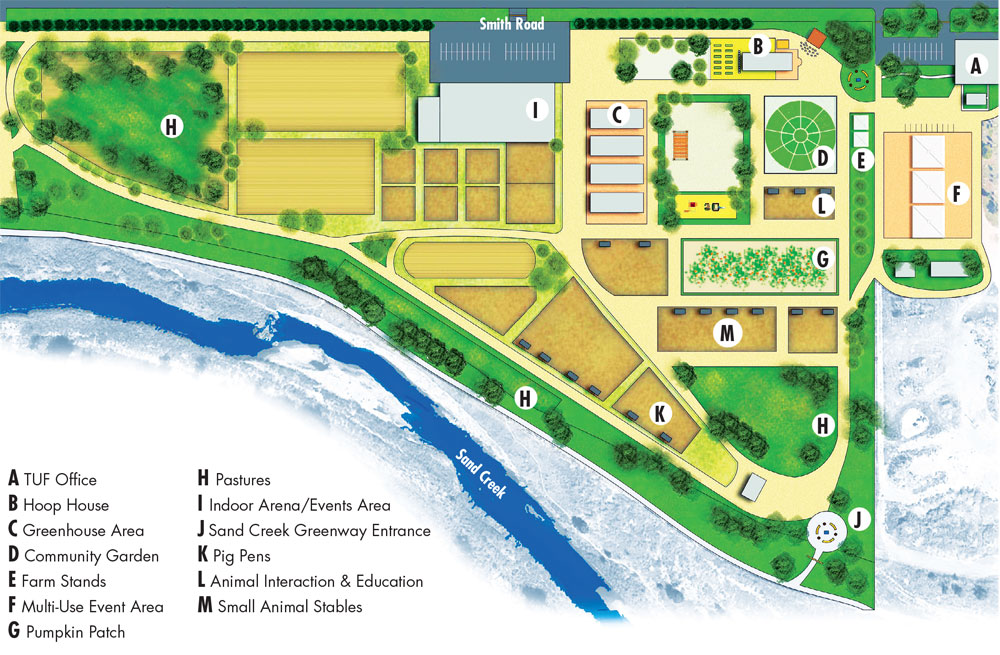
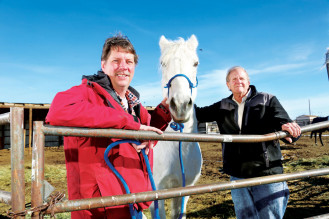
Executive Director Mike Nicks and Board Chair Harold Skramstad with a four- legged resident at The Urban
Farm.
Harold Skramstad likes to say, “Food is the first contact children have with nature.” And he seems to revel in the fact that the Urban Farm (TUF) is an “educational campus that acts, feels and smells like a farm.”
The retired museum expert, in his third year as TUF board chair, believes the Urban Farm at Stapleton is arriving at the next step in its evolution. What began as a modest program to provide urban youth horse-riding opportunities has expanded its mission to provide “experiential learning and practical work experience to young people in a farm setting. Our purpose is to inspire excitement for learning while fostering personal confidence, resilience, teamwork, and real-world problem-solving skills.”
Ironically, his new-found confidence in its future coincides with the loss of its land lease with the Stapleton Development Corporation. That lease was terminated last August by the SDC when it determined that TUF had permitted an unauthorized use of the property by a for-profit company – Lawrence Construction. TUF allowed Lawrence to temporarily store heavy equipment on site while it was rebuilding the I-70/Havana Street interchange. In return, Lawrence regraded some internal driveways, moved massive manure piles and mucked out some horse pens.
Skramstad says Lawrence provided hundreds of thousands of dollars of improvements: “We saw it as a way of getting value at no cost to anybody.” While TUF disagrees with SDC’s opinion on the lease violation, he says “We did a course correction, Lawrence moved the equipment off site and we are moving on.”
In November the 23-acre site was conveyed to the Denver Parks and Recreation Department. Both Skramstad and Mark Tabor, Assistant Director of Planning for the department, are optimistic that a new lease will be in place within six months. In the meantime, TUF is operating on a handshake with the city based on the terms of the prior lease.
TUF was in place on its 23-acre site just west of the southwest corner of Smith Road and Havana Street before the redevelopment of Stapleton began. Since that start in 1998, TUF now finds itself no longer on the urban fringe but increasingly surrounded by residential and industrial development. Starting in April, commuter rail trains will pass by the site every seven and a half minutes.
In the past three years, the TUF board has expanded from four to 10 members, attracting an impressive set of skills and experience. Skramstad, for example, worked at the Smithsonian before heading up the Chicago Historical Society and the Henry Ford Museum and Greenfield Village in Dearborn, MI. He holds a Ph.D. in American Civilization and in 1992 was awarded the National Humanities Medal by President George H. W. Bush. Skramstad points to the board and to new Executive Director Mike Nicks as reasons for TUF’s resurgence.
Nicks holds a Ph.D. in clinical science but says his interest in farming and ranching “has been coming out slowly over the years,” perhaps having its start with his mother’s family ranch in the Gunnison area. He also points to his master’s degree in environmental science from the Colorado School of Mines. He seems particularly interested in remediating the damaged landscape at TUF. “We can’t be growing weeds,” he says.
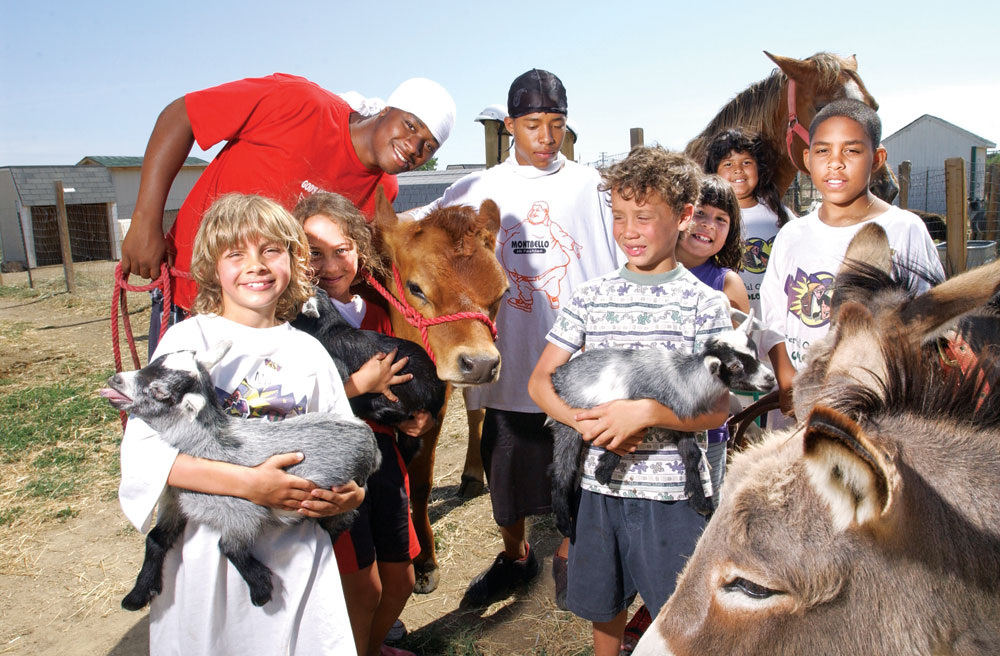
The Urban Farm pre-dates residential development at Stapleton. This group was photographed at TUF in 2002.
The improved bookkeeping instituted by the new leadership enables the Urban Farm to get the first formal audit of its budget, a step forward for this non-profit organization.
In its “case” developed for funding from one of its funding agencies, the Scientific and Cultural Facilities District (SCFD), TUF stated “We are presently rebuilding our physical infrastructure that has suffered from a lack of maintenance by a former administration and is badly deteriorated.” Nicks says that virtually all the structures on site except for the office and arena could stand to be replaced.
Skramstad says the key to TUF’s continued improvement is re-engagement with the philanthropic community after a long period of over-reliance on earned income. But, he said, before that could happen, “we needed to have a clean site and solid financials. Well, we have solid financials and a cleaner site now. People do judge a book by its cover.”
Skramstad is also looking to the Great Outdoors Colorado “Inspire” program as another opportunity for building capacity at TUF (see article below). Nicks said it could potentially provide “huge access to neighborhoods such as Montbello, northwest Aurora and Park Hill. Agriculture is within the scope of the program and TUF is the only such organization in the coalition.”
Having the city as its new landlord presents both challenges and opportunities. The lease negotiations will sort out thorny issues such as improving the buildings and infrastructure to city standards, the imposition of new procurement rules, and closer scrutiny of “commercial operations” to ensure TUF is not competing with private operators such as boarding stables. Skramstad prefers to view the negotiation as a way to define the city’s role as landlord including possibly investing financially in its own asset.
For his part, Tabor says, “We have an opportunity with the Urban Farm not only to maintain but to also improve this site. Many of the properties in Stapleton have had a pretty disruptive past in terms of their alternate uses for airport and industrial uses. These areas are ripe for restoration.” He is especially supportive of the site master planning process underway at TUF, envisioning it as an attachment to the new land lease.
Skramstad’s natural optimism is such that he can envision a day when TUF becomes the landowner. He points to the evolution of the 1990’s group known as Friends of Sand Creek that went through several iterations before becoming the Bluff Lake Nature Center and owner of the 123-acre site in 2008.
He says TUF has significant built-in advantages including its location on the Sand Creek Regional Greenway, the opportunities for trail riding, potential connections to the expanding National Western complex and the simple fact that “TUF is an important physical part of Stapleton. It is embedded in the community. It’s where kids can find their place. The farm is neutral racially, ethnically, socio-economically.” He adds: “Organizations like ours are like the new public utilities in a knowledge society… We can’t move and we are part of the site in the same way that the electric lines are. We provide some educational value-added and community value-added that you just can’t get from other institutions.”
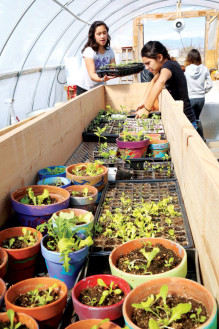 The Urban Farm in a Nutshell
The Urban Farm in a Nutshell
The Urban Farm (TUF) allows young people to learn in a farm setting. Through a variety of programs, youth learn about the “farm to table” process, while getting practical, hands-on experience. Apprenticeships, mentoring and leadership opportunities are additional key elements of the TUF programs.
PROGRAMS
- Equestrian
- Animal husbandry
- Food science
- Horticulture
- Youth Education
- 4H
STRATEGIC PLAN
- Develop new programs
- Build capacity
- Make physical improvements
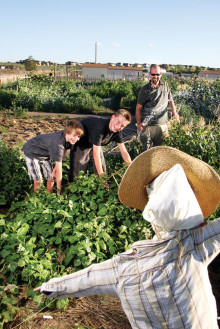
- Improve TUF’s financial condition
BY THE NUMBERS
- Membership: 957 people
- Attendance:18,805
- Volunteers: 1641 volunteers, contributing 14,000 hours
- Revenue: $393,778 in 2014
- Animals: 30 horses, 10 sheep, 70-80 chickens, 10 goats, 4 rabbits, 1 potbelly pig and lots of prairie dogs
UPCOMING EVENTS
March 1 through October 31, The Urban Farm is open for public tours 10am-1pm on Saturdays and 10am-2pm on Tuesdays. Admission is $5.
CONTACT
The Urban Farm
10200 Smith Rd
Denver, Colorado 80239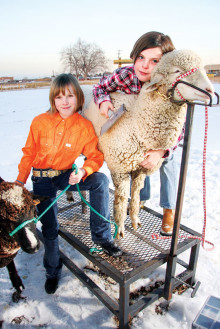
303-307-9332
info@TheUrbanFarm.org




0 Comments